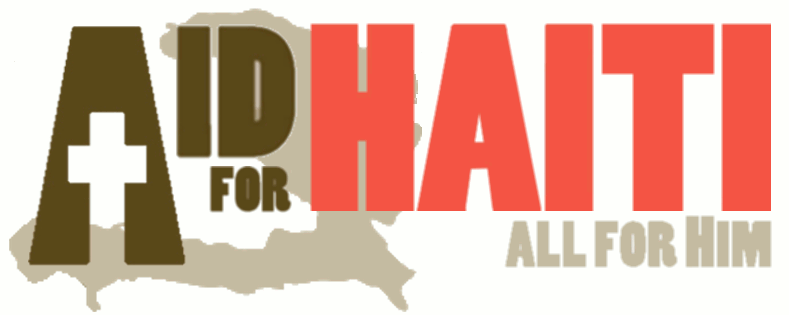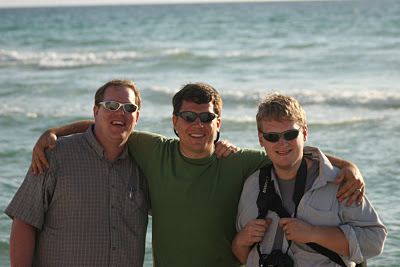BY KIRSTIN RIGGS – GUEST OPINION | MARCH 09, 2010
The woman on the table is screaming.
I’m gripping her hand with two fingers — I’ve heard that a woman in labor can break your fingers if you give her your whole hand — and holding her knee up with the other.
I yell, “Puse! Puse!” — one of the few Creole words I’d learned since arriving at a medical clinic in Haiti. I can see the black curls of the baby’s hair.
A week before, I was sitting in my journalism class at the University of Iowa. That’s my major; it’s where I belong. I know nothing medical. Still, earlier this month I found myself as part of a medical team living in army-issued tents in Petit Goâve, Haiti, 20 miles from the epicenter of the Jan. 12 earthquake.
When I wasn’t working in the pharmacy, I was helping women give birth.
We were averaging four to six births a day. Each one was born natural — with no pain medications — and the women usually walked home minutes after giving birth. One brand-new mother rode home on a motorcycle. Twins were born in the back of a rust pickup truck when the doctors didn’t have enough time to move inside.
But back to the birth. The birthing room is very different from the New York hospital where I was born. The walls are made of yellow cement bricks, and a folding table is the bed. Skimpy sheets cover the windows for privacy, but there’s usually a small crowd watching. Chairs and tables line the walls, covered with medical equipment — forceps and clamps, scissors and gauze, a precious bottle of cleansing alcohol.
Another contraction.
“Puse! Puse!”
The baby slides out onto the table. My heart leaps seeing this miraculous new life, but I remember to glance at my watch. The doctor is suctioning the baby’s nose and throat and mopping up blood. It’s another boy.
The minute is up, and the doctor is placing clamps on the umbilical cord. He hands me the scissors and shows me where to cut. The cord is slippery and more difficult to cut than I expected. Brenda, a nurse on our team, beams as she picks up the crying boy with a towel and carries him over to the baby station — the top of a sturdy container flipped upside down.
The tears started falling as I watched the beautiful boy be cleaned off and clothed in a yellow outfit his parents had brought. I haven’t made it through a birth without crying yet. I’m surprised; I had expected to be disgusted or faint. I’ve always found pregnancy beautiful, but watching a birth — its utterly miraculous.
The new mother’s work isn’t done yet. No medical training makes me the honored placenta-bearer. I grab a small blue bucket from the corner and place it under the doctor’s arms. A few moments later, the tub has caught its belongings, and I’m off to take the delivery to the outhouse.
I’m still crying as I return to the delivery room. The boy is wrapped in a warm blanket despite the humid 90 degrees and resting in his father’s arms, who is smiling proudly.
“Merci,” he says, thanking everyone in the room. Most of us are bleary-eyed, including him. His wife will come back in a couple hours to kiss us all on the cheek.
Kirstin Riggs is a UI journalism student. This is the second of three guest opinions on Haiti from Riggs, who is now back in Iowa.



Published by